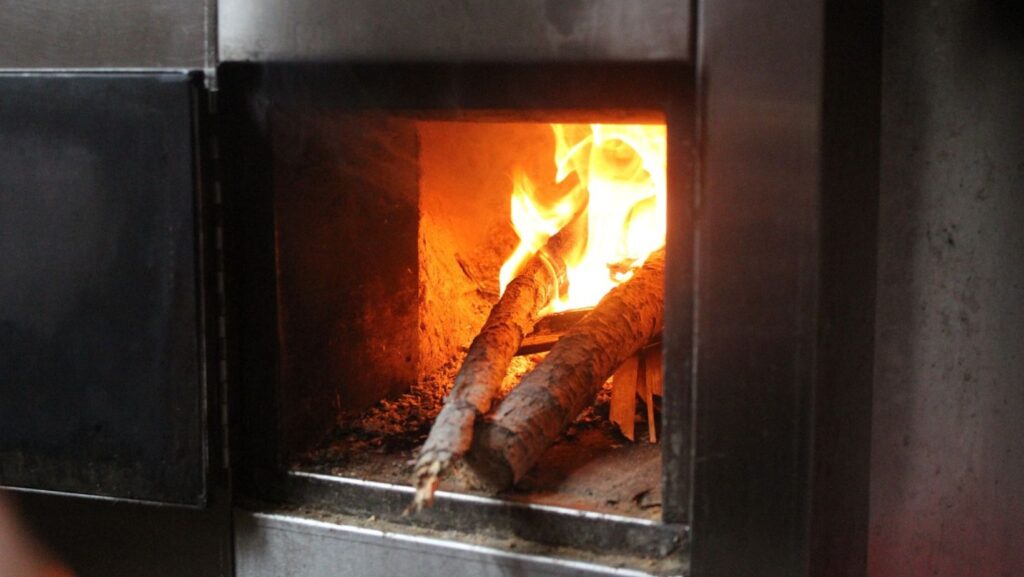Installing a furnace is a crucial home improvement task that requires careful planning and attention to detail, especially when it comes to ventilation and safety. Proper ventilation ensures that your furnace operates efficiently while keeping your home free from harmful gases like carbon monoxide. On the other hand, safety measures are essential to prevent hazards like fire and gas leaks. In this guide, we’ll take a detailed look at how to ensure your furnace installation meets both ventilation and safety standards.
Ensuring Proper Installation
Proper furnace installation is crucial for both performance and safety. Installing a furnace involves more than just setting up the equipment; it requires precise placement, accurate venting, and adherence to safety standards. Improper installation can lead to inefficient operation, carbon monoxide leaks, or even fire hazards. To avoid these risks, it’s essential to seek professional help from licensed HVAC technicians who understand the complexities of furnace systems. Whether you are looking for a Furnace Installation in Gainesville, FL, or in any other city, a professional installer will ensure that the furnace is correctly sized for your home, that the ventilation system is adequate, and that all safety protocols are followed. They will also check for potential issues, such as gas leaks, and ensure that the furnace receives enough combustion air. Investing in expert installation guarantees long-term safety, efficiency, and peace of mind for homeowners.
Why Proper Ventilation Is Essential
One of the most critical aspects of furnace installation is ventilation. Without proper ventilation, your furnace won’t function efficiently, and dangerous gases can accumulate inside your home. When a furnace burns fuel, it produces byproducts such as water vapor, carbon dioxide, and carbon monoxide. These gases need to be safely expelled from your home, and that’s where proper ventilation comes in.
Modern furnaces are designed to be energy-efficient, but that efficiency comes with the need for precise ventilation. For example, a sealed combustion furnace takes in outdoor air for combustion and expels exhaust gases outdoors through a flue or vent pipe. This process minimizes the risk of indoor air pollution. Poor ventilation can cause dangerous gases to leak into your home, leading to health risks and potential legal liabilities. Ensuring the right ventilation is essential not only for the safe operation of the furnace but also for maintaining good air quality inside your home.
Choosing the Right Venting System
The type of furnace you install will determine the appropriate venting system. Typically, there are two types of venting systems: natural draft and direct vent. Each has its specific requirements and installation processes.

A natural draft system relies on the natural buoyancy of hot air. As the furnace produces heat, the exhaust gases rise and are expelled through a vertical chimney or flue. While this system works for older models, it is not as efficient for modern high-efficiency furnaces. Direct vent systems, on the other hand, are sealed combustion systems that use two pipes—one for intake and one for exhaust. These pipes can be installed horizontally through an exterior wall, making this system more flexible and energy-efficient.
When selecting the venting system, consider factors such as the size and location of your furnace, the layout of your home, and local building codes. A professional HVAC technician can assess your home and recommend the best venting option for your furnace installation.
The Importance of Carbon Monoxide Detectors
Even with proper ventilation, it’s important to take extra precautions to ensure your home is safe from carbon monoxide (CO) poisoning. Carbon monoxide is a colorless, odorless gas that can be deadly in high concentrations. Installing carbon monoxide detectors in key areas of your home is one of the most effective ways to protect your family.
Place CO detectors on each floor of your home, particularly near bedrooms and in the hallway adjacent to the furnace room. These detectors will alert you if carbon monoxide levels rise, giving you time to evacuate and address the problem. Make sure to test the detectors regularly and replace their batteries every six months. Many modern detectors come with a built-in alarm system that alerts you when it’s time for a battery change or if the unit has malfunctioned.
Combustion Air and Furnace Safety
Another essential factor in furnace safety is ensuring that the furnace has adequate combustion air. Furnaces require oxygen to burn fuel efficiently. Without enough air, the furnace can malfunction, leading to incomplete combustion, which can produce dangerous levels of carbon monoxide. In some cases, a lack of combustion air can also cause the furnace to overheat, increasing the risk of fire.
To ensure adequate combustion air, many modern furnaces use a direct vent system that draws air from outside the home. However, if your furnace uses indoor air for combustion, you must ensure that the furnace room has enough ventilation. This can be achieved by installing air vents or louvers in the walls or doors of the furnace room to allow air to flow freely. If your home is tightly sealed for energy efficiency, consider consulting with an HVAC technician to determine if additional ventilation is needed.
Gas Leak Prevention and Detection
Gas furnaces run on natural gas or propane, both of which are highly combustible. A gas leak can quickly turn into a hazardous situation if not detected and addressed promptly. During furnace installation, it’s essential to inspect all gas connections and piping for leaks. This can be done using a gas leak detector or by applying a soapy water solution to the connections—bubbles will form if there is a leak.
If you suspect a gas leak at any time, turn off the gas supply immediately and contact a professional. It’s also a good idea to install gas leak detectors in your home, especially near the furnace and in any areas where gas appliances are used.

These detectors can provide an early warning in the event of a gas leak, allowing you to take action before it becomes dangerous.
Regular Maintenance to Ensure Long-Term Safety
Proper installation is just the first step in ensuring your furnace operates safely. Regular maintenance is essential to keep your furnace running efficiently and to prevent potential hazards. Schedule an annual inspection with a licensed HVAC professional to check the venting system, gas connections, and overall operation of the furnace. They can also clean and replace filters, inspect the heat exchanger for cracks, and ensure that all safety controls are functioning properly.
A well-maintained furnace not only operates more safely but also lasts longer and runs more efficiently, saving you money on energy bills. Neglecting maintenance can lead to safety issues, such as carbon monoxide leaks, poor ventilation, or even furnace failure in extreme cases.
Furnace installation is not just about getting heat into your home—it’s about ensuring that the system operates safely and efficiently. Proper ventilation, correct placement of vent pipes, adequate combustion air, and the installation of safety detectors are all essential components of a safe furnace system. By taking these precautions and scheduling regular maintenance, you can keep your home warm and safe for years to come. Always consult with a licensed HVAC professional to ensure your furnace installation meets all safety standards and local building codes.



